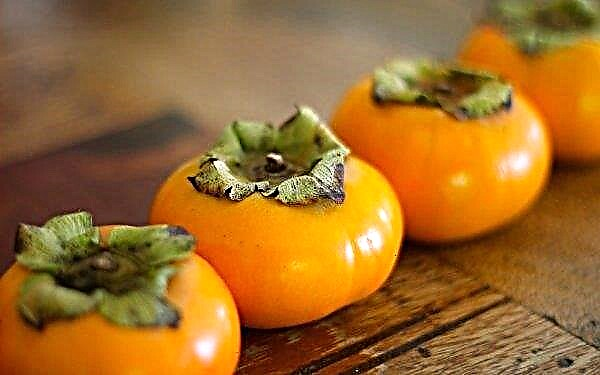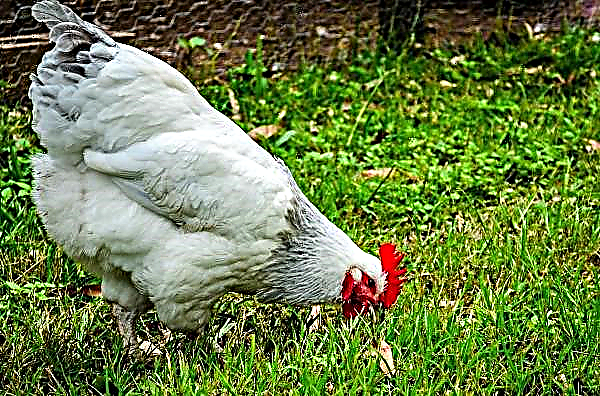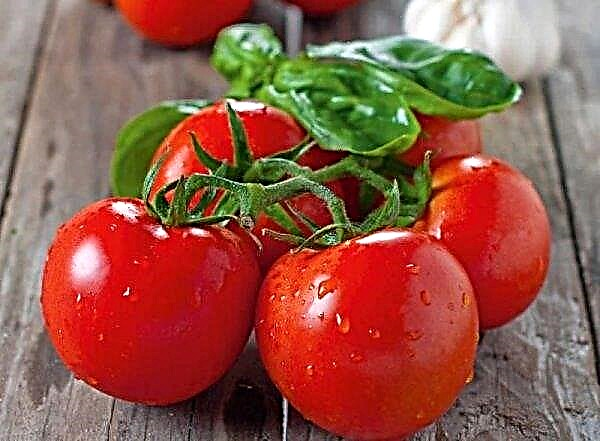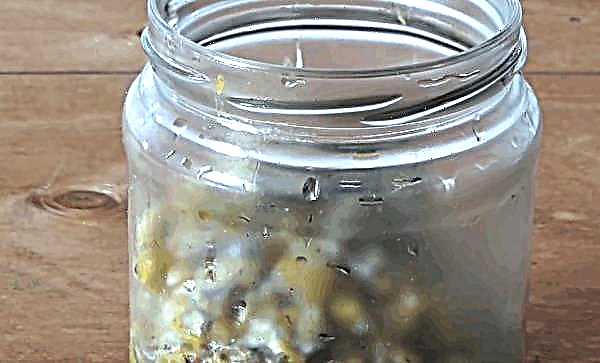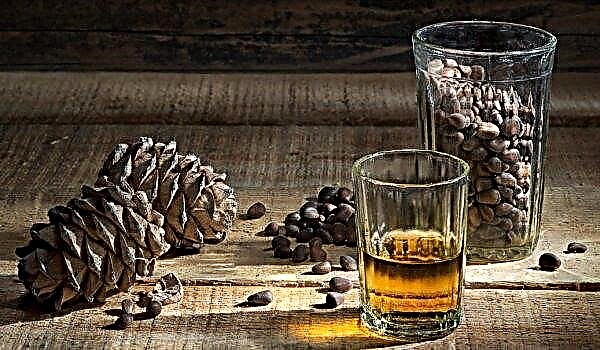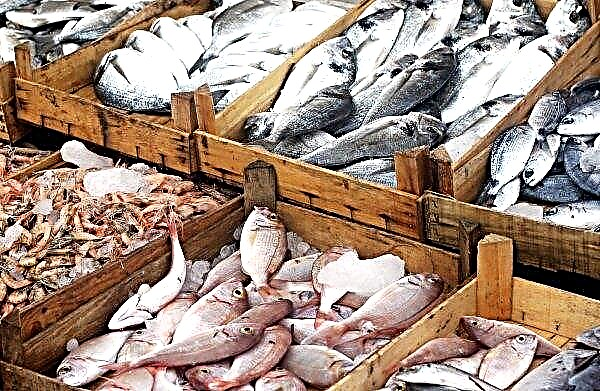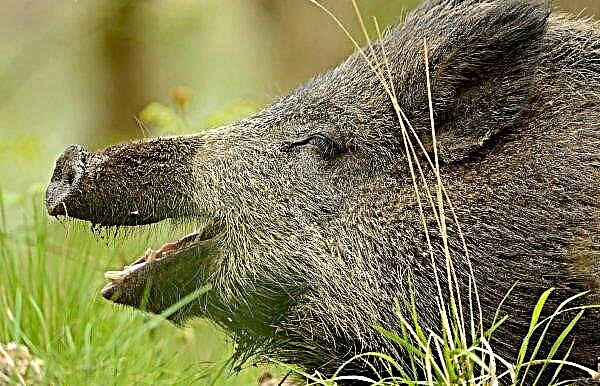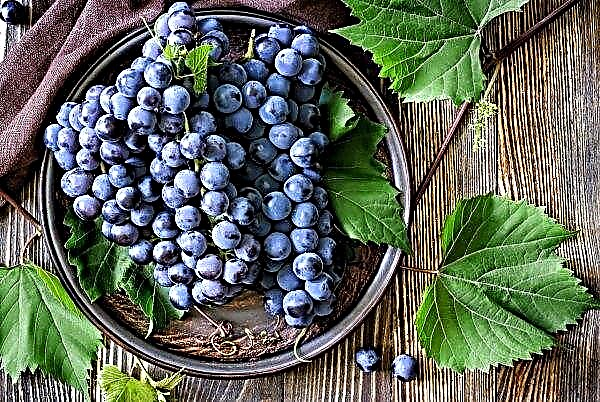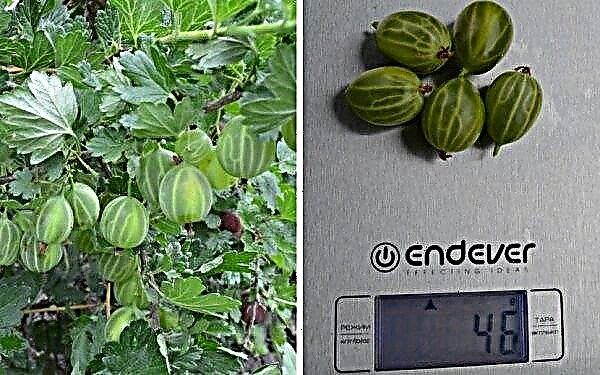Hot peppers are known as hot seasoning, giving a unique and new taste to famous dishes. Moreover, it can be used in different forms - dried, dried, pickled. The article will discuss how to prepare salty peppers for the winter. After all, it is not only tasty, but also extremely useful.
How to choose and prepare pepper for salting?
There are a number of recommendations on how to choose and better prepare a spicy vegetable for salting:
- the fruits should be fresh, ripe, smooth, juicy, with a thick skin, without damage - scratches, putrefactive spots, dents;
- it is better to choose the same size;
- salting will look brighter if you pick up fruits of different colors - green, yellow and red - and alternate them when stacking;
- the fruits are washed and dried;
- remove the stalk and seeds;
- make incisions or punctures of the pod with a knife or a match;
- to speed up the salting process, pepper can be cut into several parts.
The best recipes for salting hot peppers
Probably, there is no universal recipe for how to salt this vegetable. Nevertheless, there are a number of options for salting this “hot” snack tested by time and lovers of acute taste sensations.
Classic recipe

- Rinse the pods, pierce through the knife so that the brine gets into the middle.
- Prepare containers - wash thoroughly, no need to sterilize.
- To prepare a saline solution, stir the salt in raw water until completely dissolved.
- Fold the product in a jar, pour brine, cover and put in a cold place (refrigerator, basement).
Important! You can avoid the appearance of mold if you cover the brine and the stalks, often sticking out over the brine.
No sterilization

- water
- hot pepper
allspice peas
2-3 peas
- Pods are placed in containers and poured with boiling water for 15 minutes.
- The slightly cooled boiling water is poured into a separate bowl, in which they also add: sugar, salt, allspice.
- For 7-10 minutes, the marinade is cooked on low heat. Before cooking, vinegar or citric acid is added to it.
- Pour the marinade, the dishes are closed with a metal lid.
Important! Pour boiling water carefully and slowly so that the container does not crack.
Cold way under the nylon cover

- A mixture of salt and sugar is placed at the bottom of the dishes.
- At the vegetable, “tails” are cut, but the seed box remains in place.
- The product is placed in a jar and poured with vinegar. If he is not completely immersed in a liquid, add water - you can boiled and raw.
- The blank is put in the refrigerator or in the cellar for 1.5 months.
- After this time, the product is ready for use.
Whole in the pan

- Washed vegetable, remove seeds and stalks. Make incisions from above 2-3 cm. Fold into a container in which salting is to be done.
- They boil water with salt, pour the future preparation with this hot brine, put it under oppression and stand for 3 days.
- After this time, the old marinade is drained. A new one is prepared according to the same recipe and vegetables are poured, this time left for 5 days.
- The brine is again drained, the peppers are transferred to sterile jars, the brine is boiled for the third time, it is poured into jars and rolled up.
Did you know? Raw pepper contains 2 times more vitamin C than lemon.
In Georgian

vegetable oil
4 cups
- parsley
- dill
- cilantro
- The pods are pierced with a gypsy needle or knife on both sides to form a through hole, left for a day for drying.
- Pour boiling water for 15 minutes.
- Greens and garlic are minced in a meat grinder.
- Water is poured into a container, garlic mixture, salt, sugar, vinegar, vegetable oil are added to it.
- This marinade is poured into a billet and simmered for 2 hours.
- The finished product is laid out in sterile jars and canned.
In Armenian

- parsley
- dill
- basil (purple)
- Leave unwashed pods for 12 hours in a warm room.
- Then pierce them through with a knife near the stalk.
- Dissolve the salt in water.
- Put greens on the bottom of the tank, in which salting will be made.
- Place pepper pods and garlic cloves cut into small slices on top.
- Pour with brine, cover with a plate and put in a warm place.
- Put a load on top of a plate - for example, a bowl of water.
- After 3-4 days, the product is ready. This will indicate a change in color - it will become amber.
Did you know? The readiness of the brine can be checked ... raw egg. If it does not sink when immersed in brine, it means that there is enough salt, and you can fill in the workpiece.
Useful salting tips
There are recommendations for the process of harvesting and salting of pepper, so that it runs smoothly, and the result pleased the whole winter, namely:
- you need to choose only high-quality fruits;
- containers for the blank to take a small volume - a maximum of 1 liter;
- if the jars do not need to be sterilized, they are thoroughly washed inside and out, then put upside down for drying;
- sterile also turn upside down to drain water.
 The procurement of this product requires safety precautions:
The procurement of this product requires safety precautions: - gloves should be on hand to avoid skin burns or severe irritation, itching, redness;
- you can not bend close or bring the cut fruit to the face, since when breathing you can burn the mucous membrane of the respiratory tract
- you can not touch the eyes, face or lips with your hands - it is also fraught with burns.
Hot peppers are used in cuisines of the world not only because of their spicy taste. It is extremely useful because it is rich in vitamins A, C, B, essential oils, carotene. It can prevent many diseases, treat and alleviate the course of existing ones. Armed with the recipes described above, you will provide yourself and loved ones with a useful product for the whole winter.

